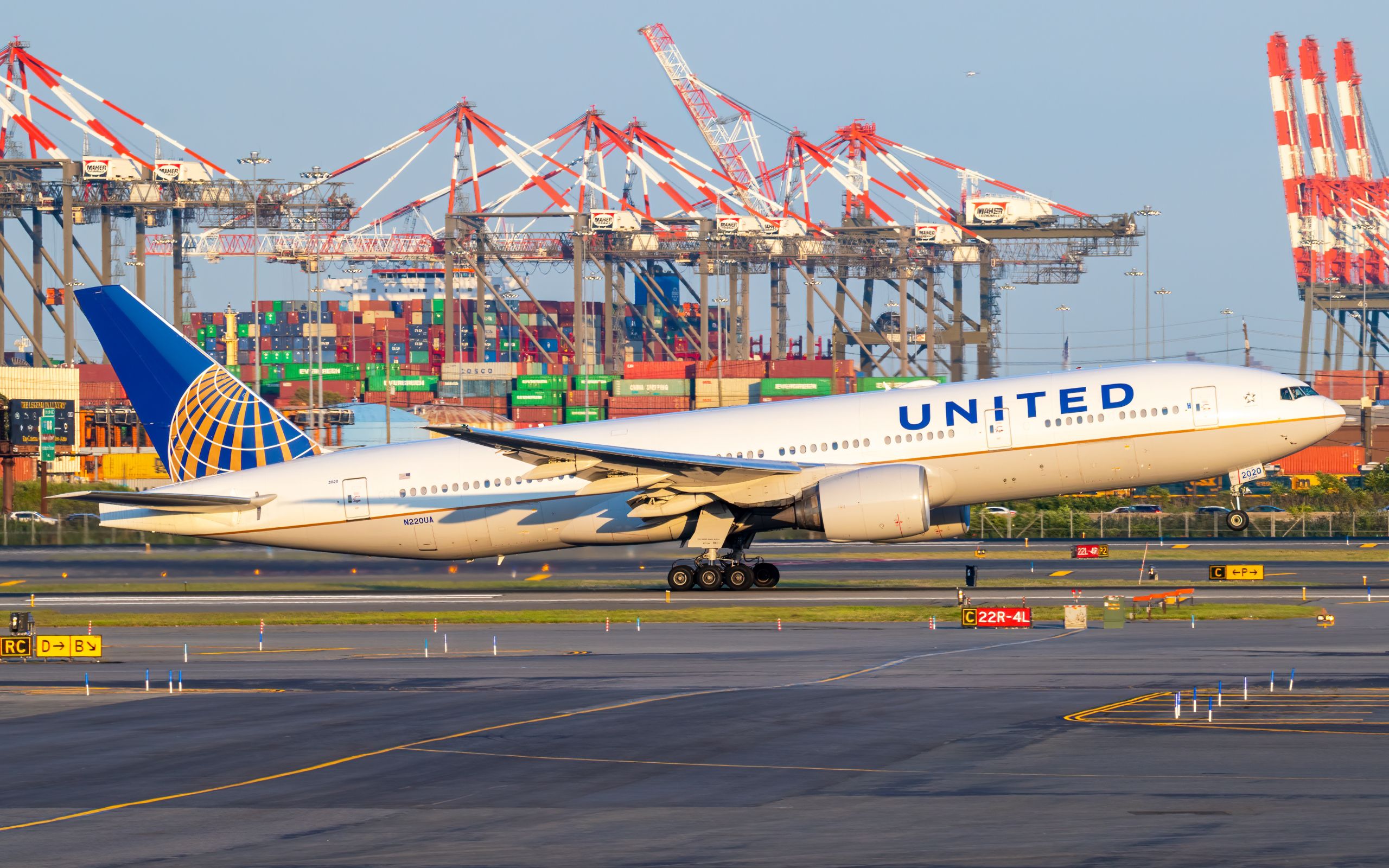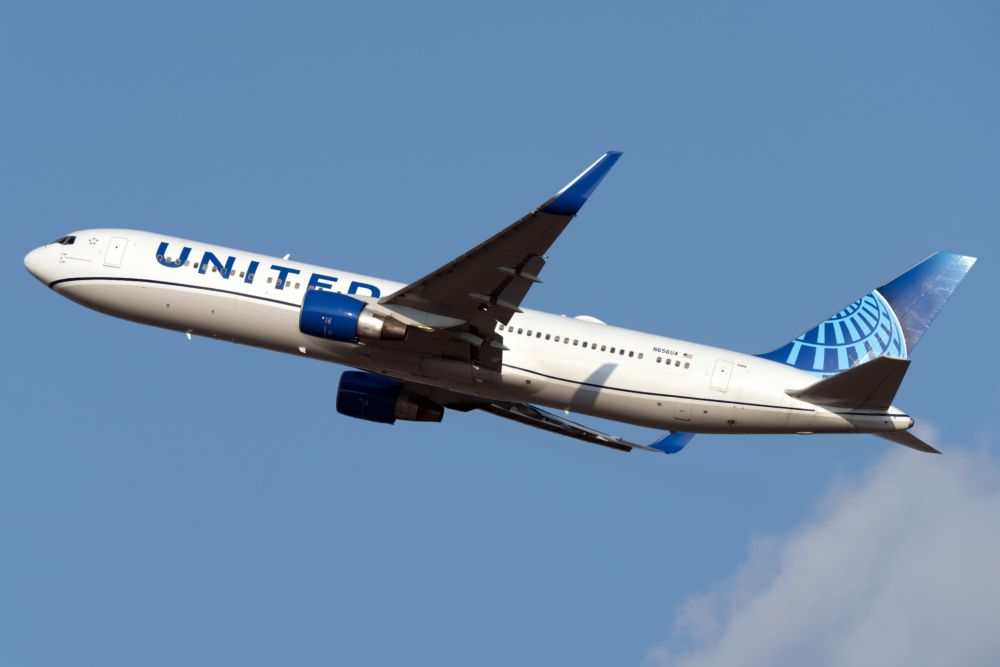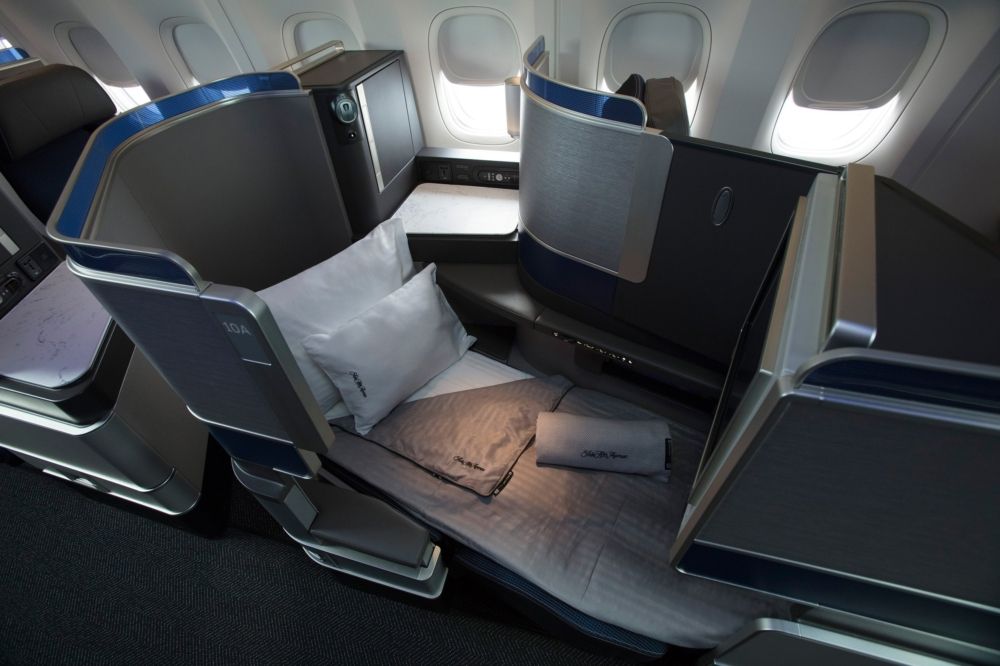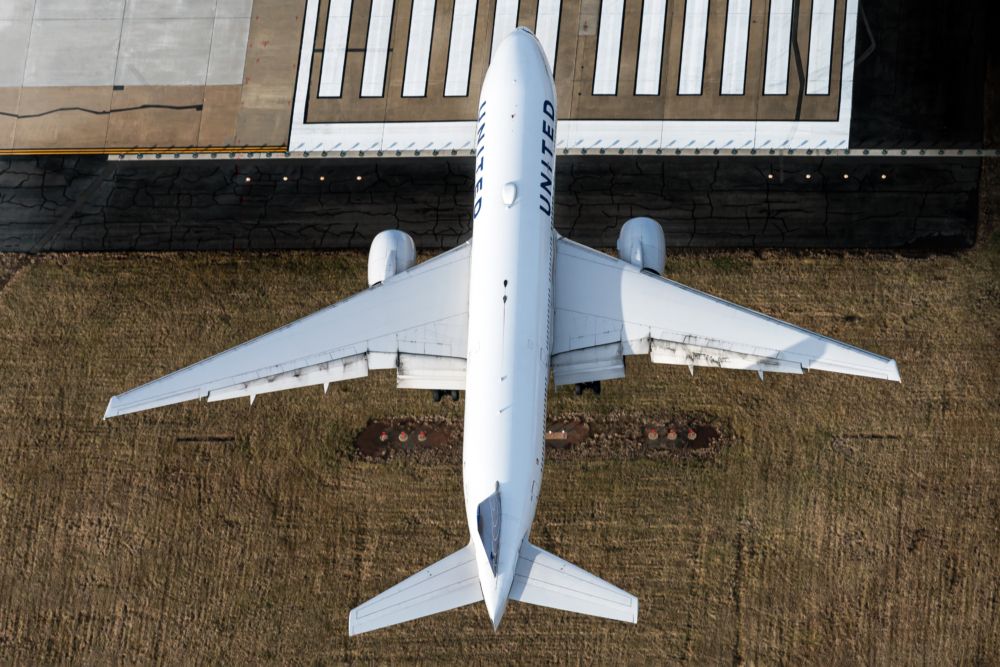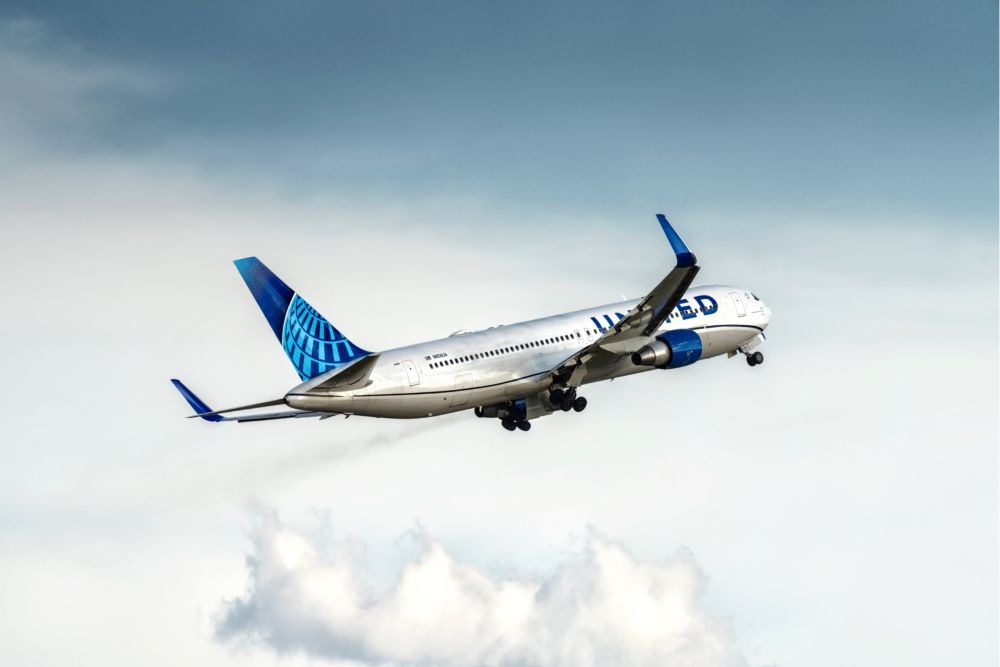United Airlines has held its widebody fleet sacred throughout the crisis. The carrier bucked trends by keeping its fleet intact and prepared to bring those planes out in a robust manner as the crisis subsided and passengers came back. Then, in February, the airline took a hit when a Boeing 777 suffered an engine incident over Denver, which later led to the temporary grounding of 52 Pratt & Whitney-powered Boeing 777s. To compensate, the airline brought back more 767s, and now, it continues to bet big on both fleets.
United planned to fly the types for a long time
Speaking on the airline's second-quarter earnings call, Andrew Nocella, United's Chief Commercial Officer, discussed the carrier's attention to the age of these jets:
"We're carefully looking at the lifespan – the economic lifespan of these widebody jets. I can tell you, prior to the pandemic, we were thinking many of them – particularly the 777 and 767 fleet – could go 30 years or more. I'll give kudos to our maintenance team for keeping these aircraft in great shape, to allow us to have that option. So we do have optionality to fly these aircraft longer than I think people automatically assume."
The airline even made moves to make these aircraft competitive in the long-haul marketplace, as Mr. Nocella further stated:
"The interiors on all these aircraft, including the older ones we just been describing, have been recently retrofitted. We've completed our entire 777 fleet, and we're close to completing the 767 fleet with brand new interiors, from nose to tail, to give a great, great customer experience on board."
This includes adding a proper Polaris cabin with the carrier's new hard product and a premium economy product.
Stay informed: Sign up for our daily and weekly aviation news digests..
United's Boeing 777s
United Airlines has a fleet of 55 Boeing 777-200ERs and 19 Boeing 777-200s. According to data from ch-aviation.com, the 777-200ERs are an average of 21.4 years old, while the -200s are an average of 24.4 years old. Age, however, was not much of a limiting factor for United Airlines' future with these jets, as Mr. Nocella described.
The 777s have a critical role at United. In addition to serving the lucrative long-haul international flying to Asia, South America, and Europe, the planes also had a significant role domestically – and United certainly misses having those planes available now. The jets are temporarily parked as the carrier works with regulatory agencies and Pratt & Whitney to get a fix in place after a significant incident over Denver.
Mr. Nocella discussed the capacity crunch of the grounded 777s:
"The dilemma we face from a capacity point of view is the 777 aircraft that are grounded are our large capacity domestic movers, and we use those for Hawaii and hub to hub. Right now, we're flying well below where we'd like to be in Hawaii. It goes without saying that Hawaii is an incredibly strong part of our network, and so we would have absorbed that and I think we would have still done very well in Hawaii, even with those extra seats. We're really disappointed they are missing."
"Domestically, within the continental United States, on the hub-to-hub missions, where our load factors are just off the charts, the simple way to describe it is like a clog in the system because we don't have enough gauge between our hubs to flow the appropriate number of passengers over them. So we really want those aircraft back."
United has attempted to plug in some of the holes. This includes bringing back the Boeing 767-400ER and growing narrowbody frequencies on key hub-to-hub routes. However, the lack of those jets is still a huge hit to United, and it hopes to get them back in the air soon.
United is preparing to bring back international flying
United has hung onto its 38 Boeing 767-300ERs and 16 Boeing 767-400ERs. United has made excellent progress on the 767-300ER retrofits, though it has yet to debut the 767-400ER retrofits. Nevertheless, the fact that United has invested in these fleets says a lot about the carrier's intentions.
United Airlines has significant exposure to both business and long-haul international markets, and it is betting on a strong recovery in both segments. That is one reason why it decided to grow its fleet than shrink it in 2020, and why it is now expecting to have 30 more widebody aircraft in June 2022 than it had entering the crisis.
Competitors Delta and American utilized the crisis to draw down fleets they intended to retire in the next few years or to reduce inefficiencies. Delta took out its Boeing 777s and McDonell Douglas MD-80s and MD-90s. American Airlines, meanwhile, retired its Airbus A330s, Boeing 757s, 767s, and Embraer E190s.
United did not necessarily have the same drive to retire large volumes of aircraft because it did not have small volumes of replaceable aircraft (like American's Boeing 767s) or aircraft that were already slated for retirement but could be retired ahead of schedule amid the downturn (like Delta's MD-90s).
The Boeing 777s and 767s serve an important role at United Airlines. While they will need to be replaced one day, United thinks it can get another six to ten usable years out of the types, at least.
What do you think about United's continued bet on the Boeing 767 and 777 fleets? Let us know in the comments!

